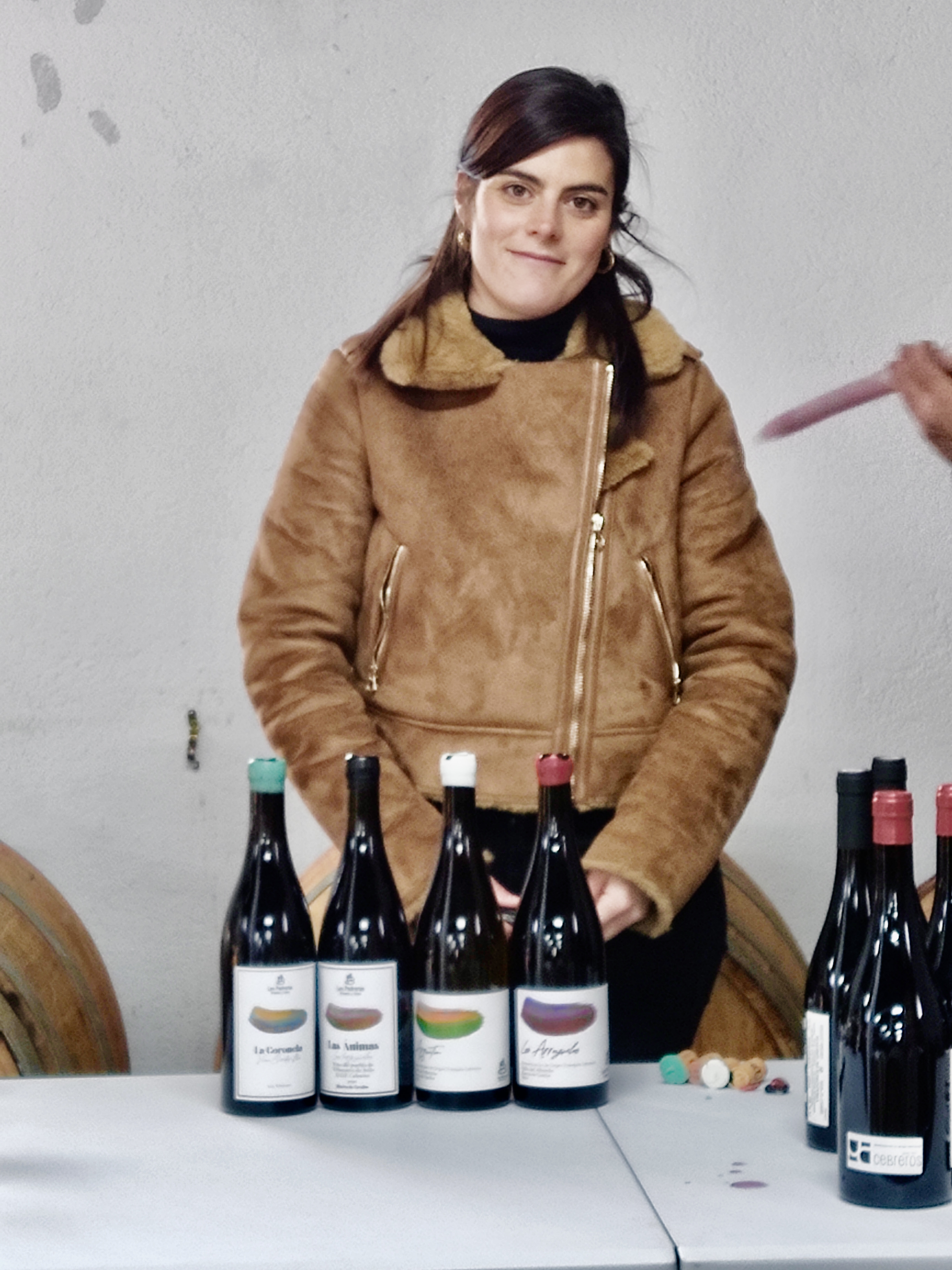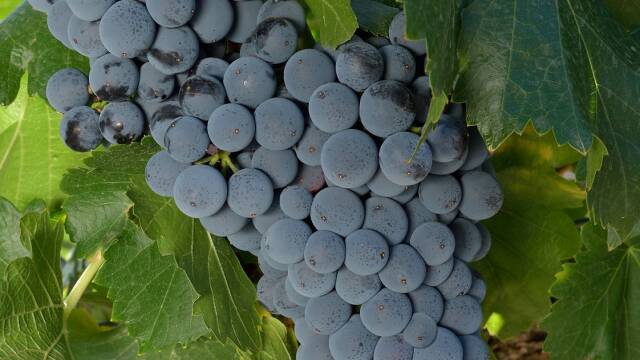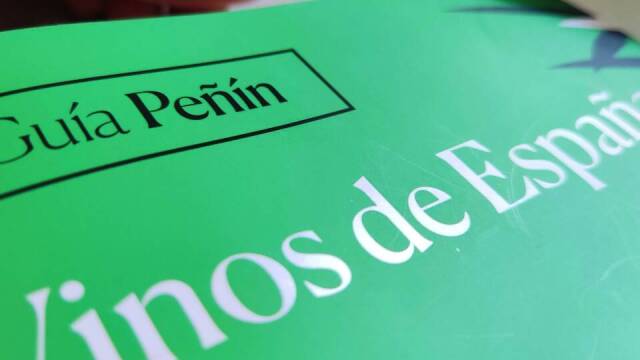Barely five years have passed since the creation of Cebreros as a Denominación de Origen and this growing area, where 94% of its vineyards are over 50 years old, is already showing great determination and agility in incorporating many of the qualitative variables that other appellations have either not added or have taken decades to incorporate. Advantages of being a newcomer. The truth is that Cebreros, although still young as a Denominación de Origen, has a long history of winemaking, although it has not always been linked to the excellence of its wines.
Its legal birth was surrounded by a certain amount of controversy when some sectors called for this growing region to form part of a supra-community Designation of Origin that would bring together the eastern and southern parts of the Sierra de Gredos, that is to say, with vineyards belonging to other appellations such as Méntrida and Vinos de Madrid. Argumentatively, there was a plausible criterion for this, to create a wine-producing region in accordance with the soil and climatic limits, authentic exponents of the identity of the Garnacha grapes of Gredos. However, it was clear that none of the areas concerned was going to do without part of its protected area, so the debate was dead before it was even born. Although this idea was positive, the closed-mindedness that always surrounds our political leaders and the negative logic of the affected areas did not allow any of this to happen.
The Avila-based wine producer front of the Alberche, Alto Alberche and Tiétar Valley, responsible for the area with the highest quality vineyards in terms of soil type, altitude and number of hectares, continued to make its way with the aim of protecting its origin. Its aim was to put an end to the gradual abandonment of the villages and their vineyards, partly linked to the derisory prices paid for Garnacha, which meant that many vines were uprooted and that there was no generational replacement. Moreover, by protecting their origin, they could abandon the generic category of VT Castilla y León, an indication of origin that allowed their grapes to end up in any corner of the autonomous region.
Building identity
There are several events that allowed the appellation to start in the most effective way. On the one hand, the arrival of Telmo Rodríguez in 1997 served to make it clear that the area was worthwhile. It is not every day that a leading exponent of quality wines and a true wine treasure hunter enters a hitherto discredited wine-producing area. In their first vintages, the wines of the Telmo Rodriguez wine company brought quality to an area that had coexisted with low cut wines, designed to be the colour and alcoholic content of wines from other regions. Telmo then put forward a vision of the place centred on the main variety, the Garnacha, but from a different point of view to what we can see today, that is to say with powerful wines, with greater maturity and extraction. After drawing attention to this place, the second great event took place, the arrival of Dani Landi with the brilliant oenologist Raúl Pérez, who brought to the area his less extractive and balsamic vision that he had already been developing in his projects in Bierzo and other corners of Spain. Subsequently, the Comando G project (Daniel Landi, Fernando García and Marc Isaart) was responsible for popularising this Burgundian style of Garnacha from Gredos with wines such as Bruja Avería, with an excellent quality-price ratio and capable of reaching all audiences.
There is also a figure who, although he has gone unnoticed by Gredos Garnacha lovers, has had a special relevance in the birth of this place. We are talking about Rafael Mancebo, today president of the DO and owner for many years of the 7 Navas winery. His figure was essential to make the area known, as they were the first to produce wines with identifying features at a good price. Cebreros is nowadays a place with great potential thanks to the work of some of its own names.
Chuchi Soto, the catalyst that got a whole cooperative involved
Dani Ramos, looking towards minimum production units
The wine growing areas are only understood when one approaches the figures who have most contributed to a place. The ways of enriching this narrative generally comes through individual work, that is to say, through blind faith in what one is doing regardless of external voices. This is how Daniel Ramos operates, an Australian by birth, but with more Madrilenian parents than San Isidro. This winemaker settled in the Tiemblo cooperative after working with Telmo Rodríguez, bringing a personal approach and disregarding the styles and fashions of the market.
This winemaker's vision focuses on building the identity of a place by putting together the small pieces of the puzzle of the countryside, vinifying each of his vineyards separately so that they speak of the place, a kind of blockchain of wine and vineyard. This restless winegrower likes his wines to have depth of flavour. With this approach, he works with ripe grapes but not very extractive winemaking processes. The idea is to bring out the taste that he likes so much, but without over-extraction which could interfere with the connection with the vineyard from which each of his wines originates.
In his quest for purity in his winemaking, he works with low doses of sulphur, in what could be called a natural and, to a certain extent, oxidative winemaking. For him, oxygen plays an important part in his winemaking, which is why he lets it work as an ally in the different winemaking processes. As he tells us, this relationship with oxygen means that his wines require a certain amount of time to faithfully express their origin. It is exciting to see how the wines he makes express the environment from which they are born, as is the case of the Chorrancos, whose 2015 vintage we recently tasted and which shows with extraordinary precision the herbal and floral nuances of its surroundings, with all the sapidity and restrained structure provided by his way of interpreting the wines from the left bank of the Alberche River.
 Daniel Ramos
Daniel Ramos

 Log in
Log in



 Daniel Ramos
Daniel Ramos Rubén Díaz
Rubén Díaz Bárbara Requejo
Bárbara Requejo





